MNB bridges, also known as major bridges, are commonly used in the structure of national highways with high water flow, especially during the rainy season. Their function is to channel water flow through multiple 6/6 cells, allowing water to pass beneath the road. This prevents damage to the road and helps avoid accidents.
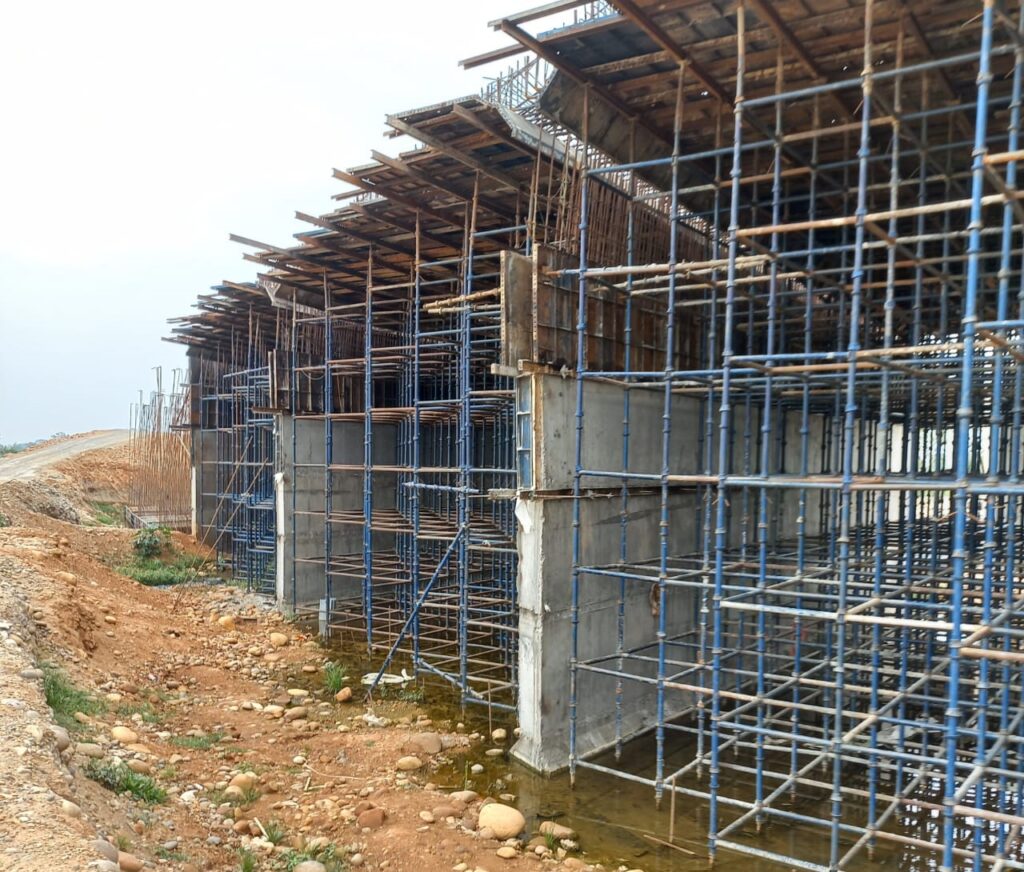
what is advantage of MNB bridges
MNB bridges have many advantages, such as preventing highways or bridges from being damaged by heavy water flow and providing stability to the construction. MNB bridges are commonly known as minor bridges, meaning those bridges with a length of more than 6 meters and less than 60 meters.
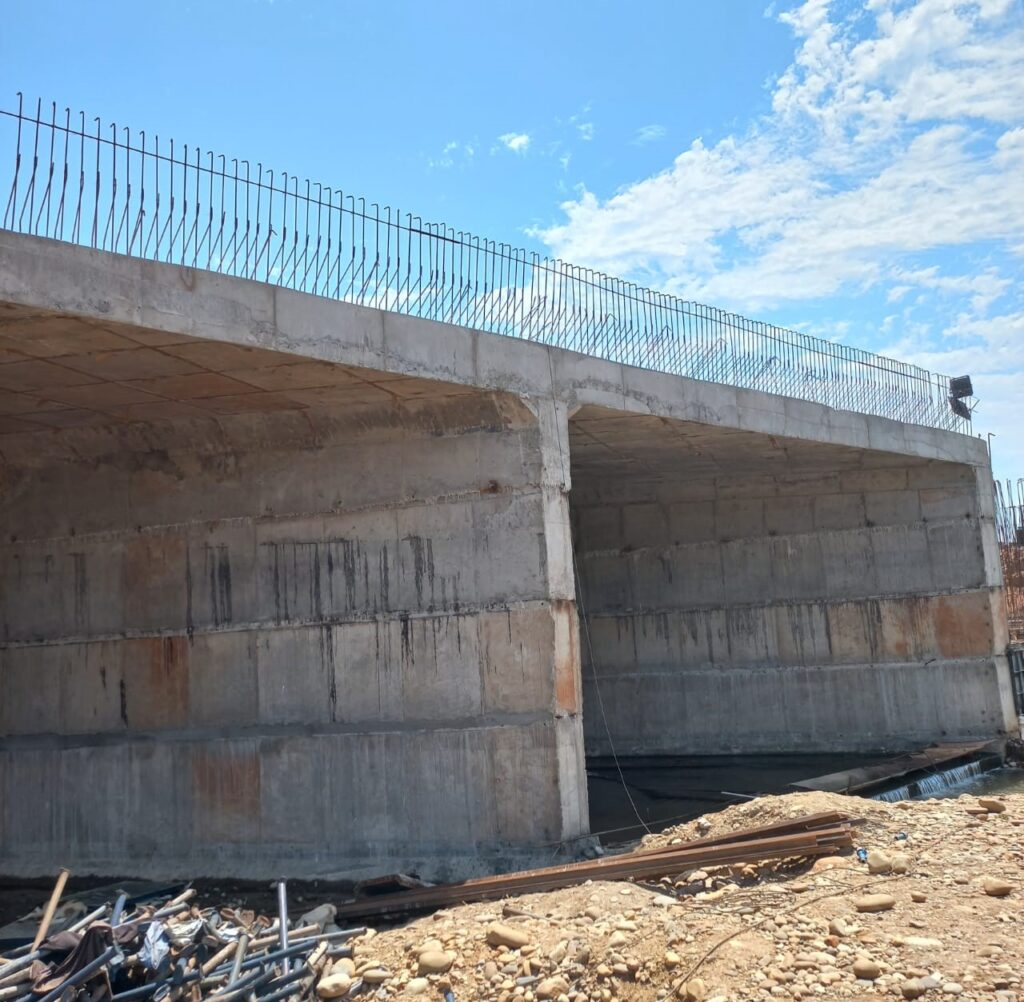
This picture is a rare image from a construction site where a multiple cell 6/6 culvert MNB bridge is under construction at channel number 446+161.
culvert box bridge: types of MNB bridge
A box culvert bridge is a type of bridge structure that utilizes a series of box-shaped, reinforced concrete or metal culverts. These culverts are typically rectangular or square in shape and are used to convey water or provide a passage under the road, railway, or other infrastructure. The culverts are installed side by side to form a continuous and stable bridge or crossing structure.
Box culverts can be designed to blend with the natural environment and minimize disruption to watercourses and habitats. They also facilitate the passage of aquatic and terrestrial wildlife.
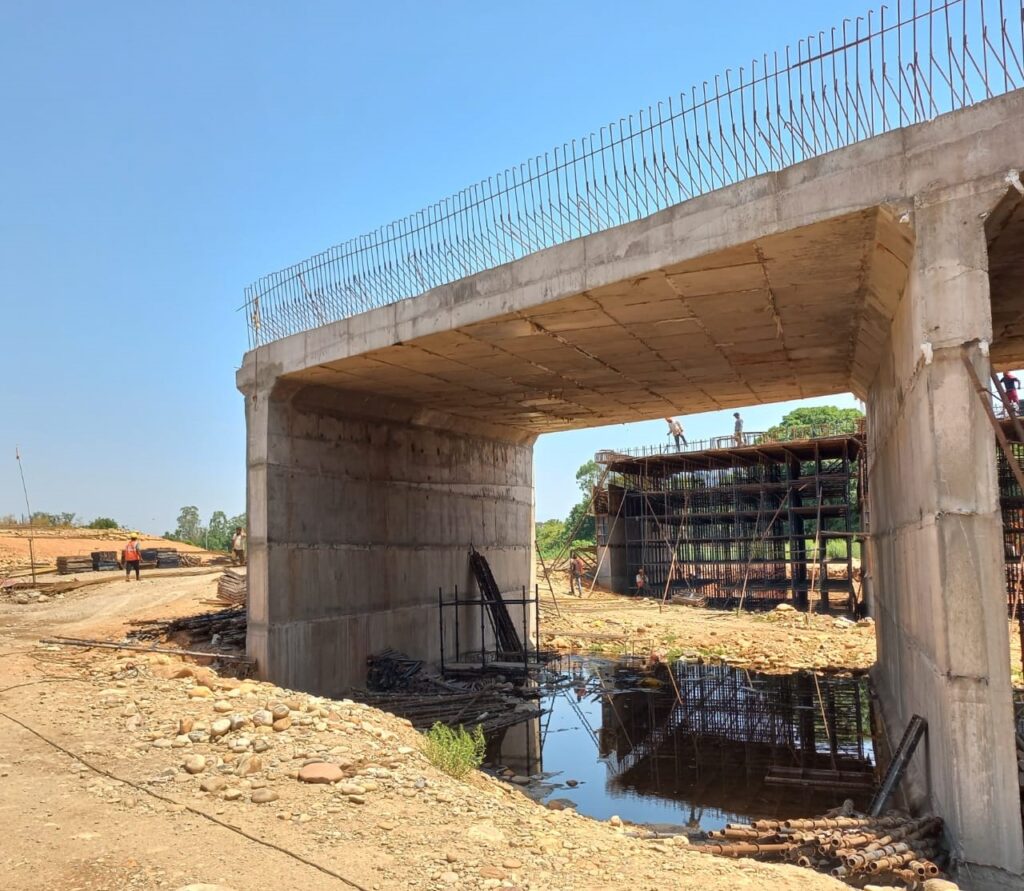
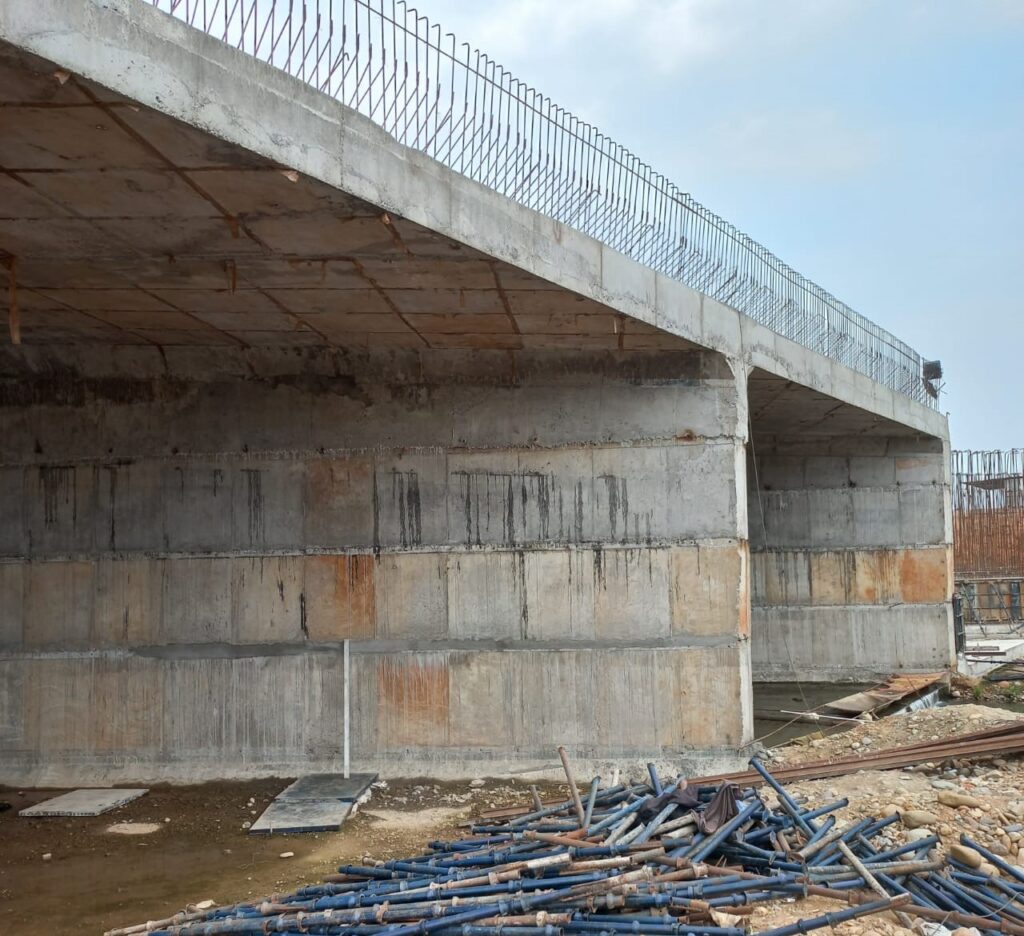
Underpass vs overpass Images
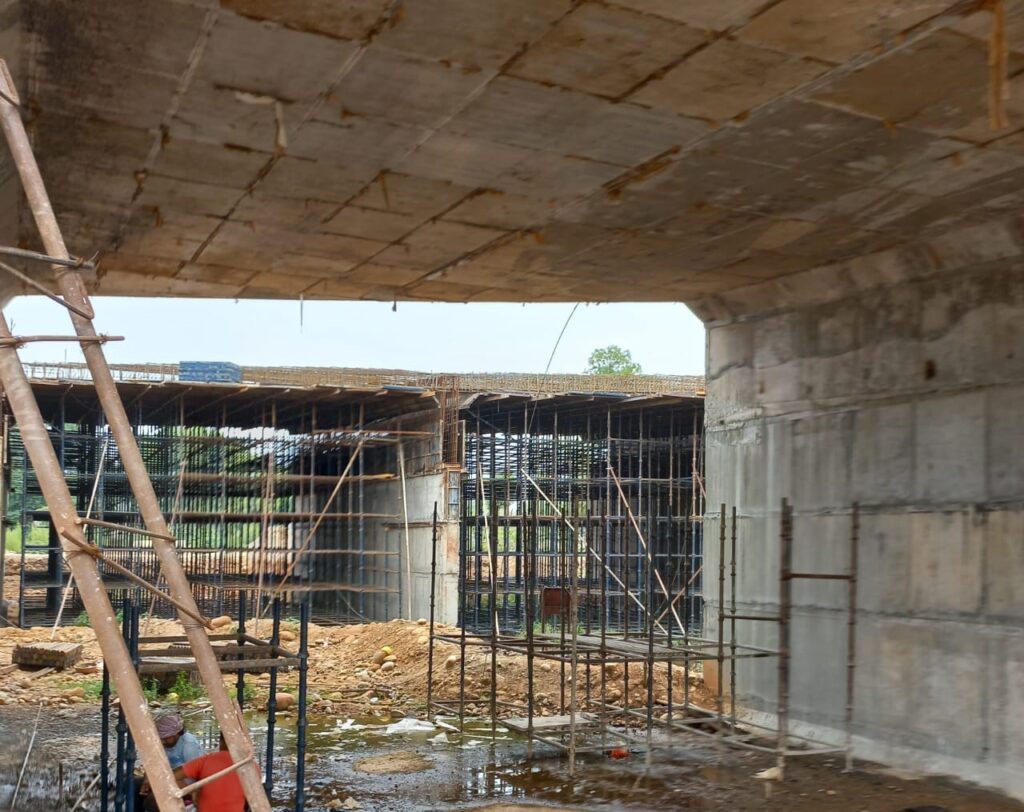
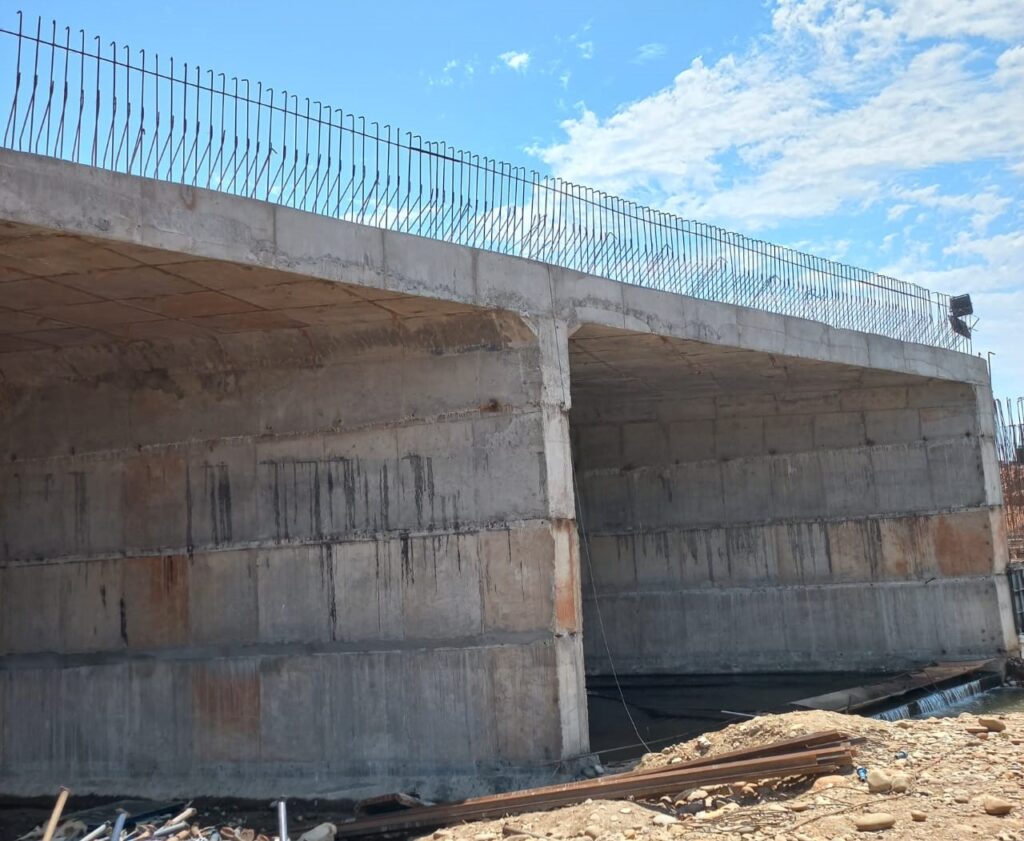
An underpass and an overpass are both structures designed to facilitate the crossing of two or more transportation routes, such as roads, railways, or pedestrian pathways, at different levels. Both underpasses and overpasses serve to improve traffic flow and safety by separating different routes, each with its own set of advantages and disadvantages. The choice between the two will depend on the specific context and requirements of the project.
Advantages of underpass
Underpasses are often less visually intrusive than overpasses, blending better with the surrounding landscape. Easier for pedestrians and cyclists, as it can be designed with gradual slopes rather than long stairways or ramps.
Advantages of overpass
Not subject to water accumulation issues, making them more reliable in heavy rain. and Construction can sometimes be less disruptive to the underlying route compared to digging an underpass.
Major bridge construction project

A major bridge construction project involves extensive planning, design, and engineering to create a structure that spans a significant obstacle, such as a river, valley, or highway. Key phases include site assessment, environmental impact studies, material selection, and structural design. The project requires coordination among various stakeholders, including government agencies, engineers, and contractors. Advanced construction techniques and heavy machinery are employed to ensure safety, durability, and efficiency. Upon completion, the bridge enhances connectivity and supports economic growth.
conclusion
A major bridge construction project enhances connectivity, supports economic growth, and requires meticulous planning and execution. It stands as a testament to engineering prowess and community development.
What are the main phases of bridge construction?
the main phases of bridge construction are Site assessment, design, material selection, and construction.
How does a bridge impact local communities?
a bridge impact local communities by improves connectivity and boosts economic activity.
What challenges are faced in bridge construction?
multiple challenges are faced in bridge construction like Environmental impact, safety, and project coordination.


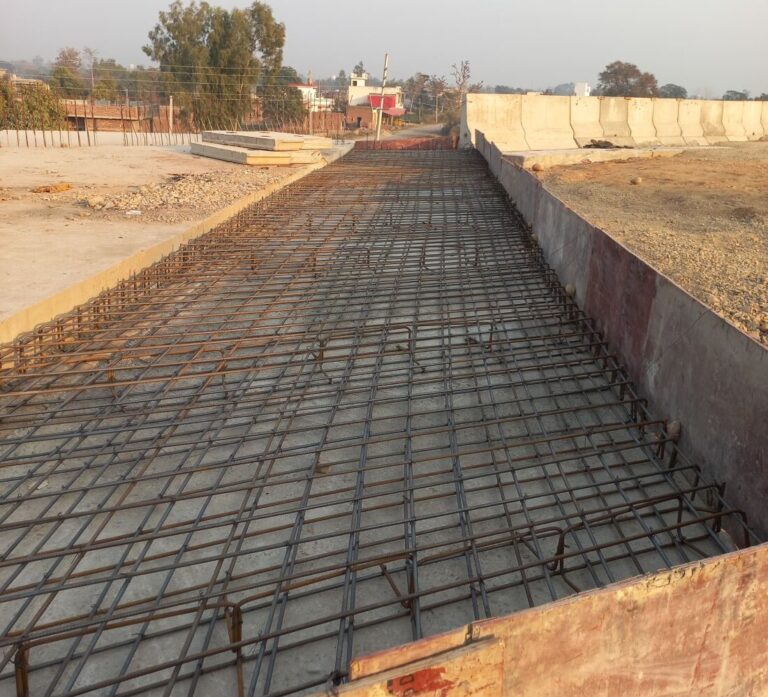
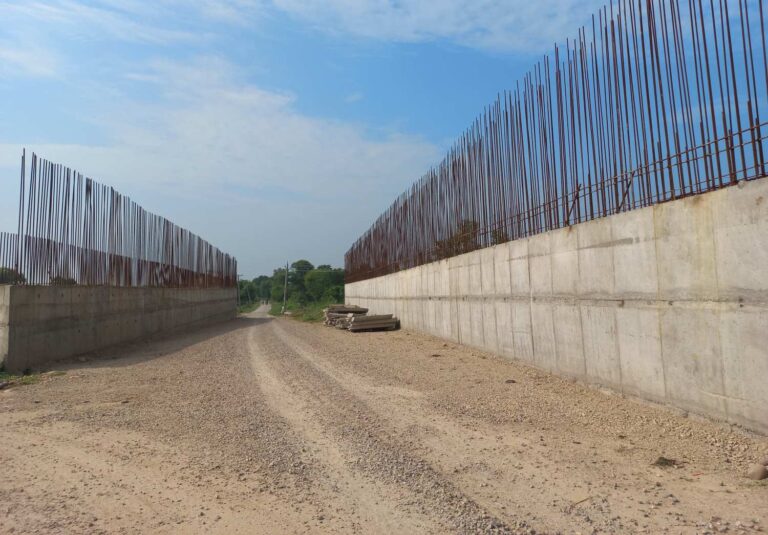
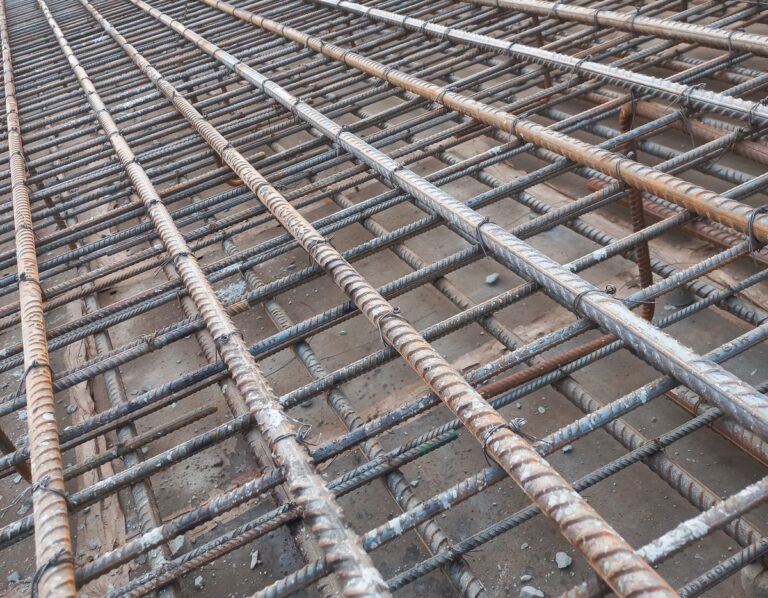




[…] have their own standards and specifications, such as the Eurocode in Europe or the Canadian Highway Bridge Design Code. These guidelines ensure that minor bridges are built to withstand local conditions and […]